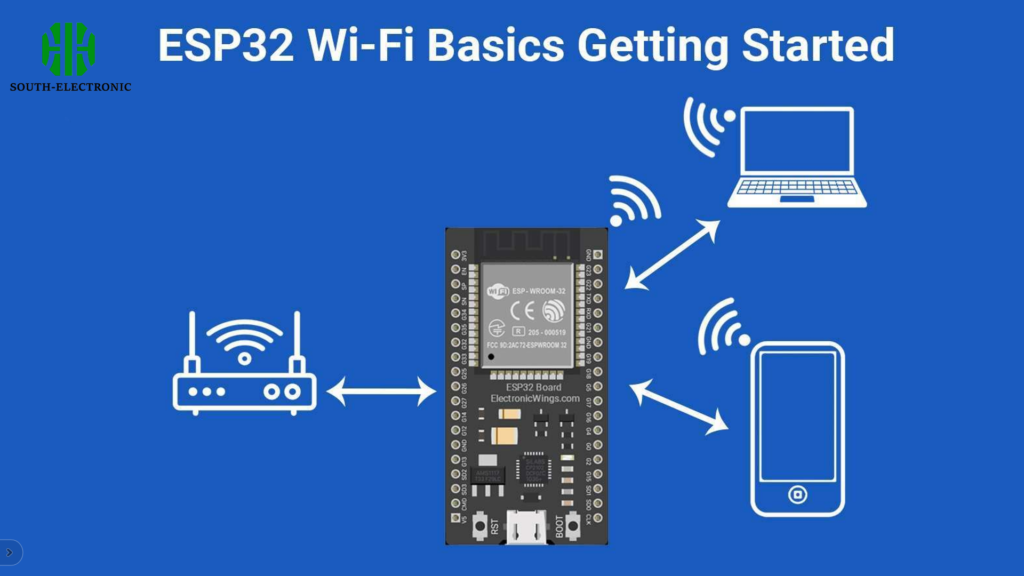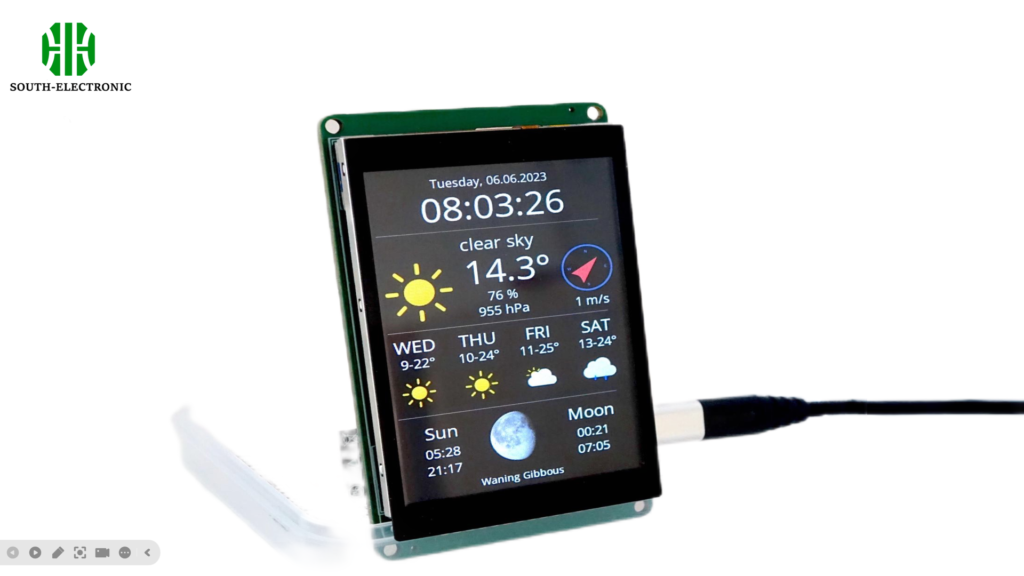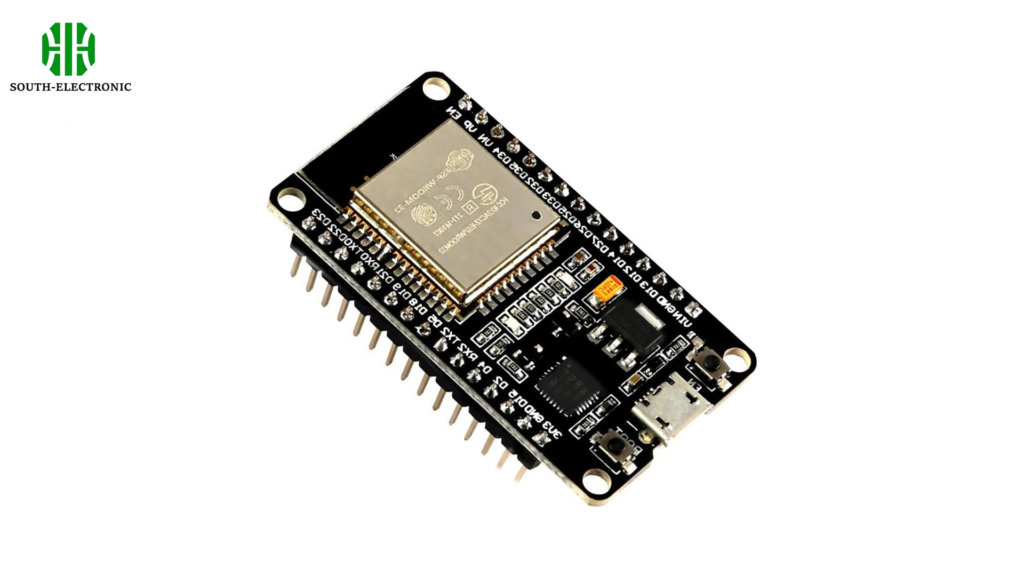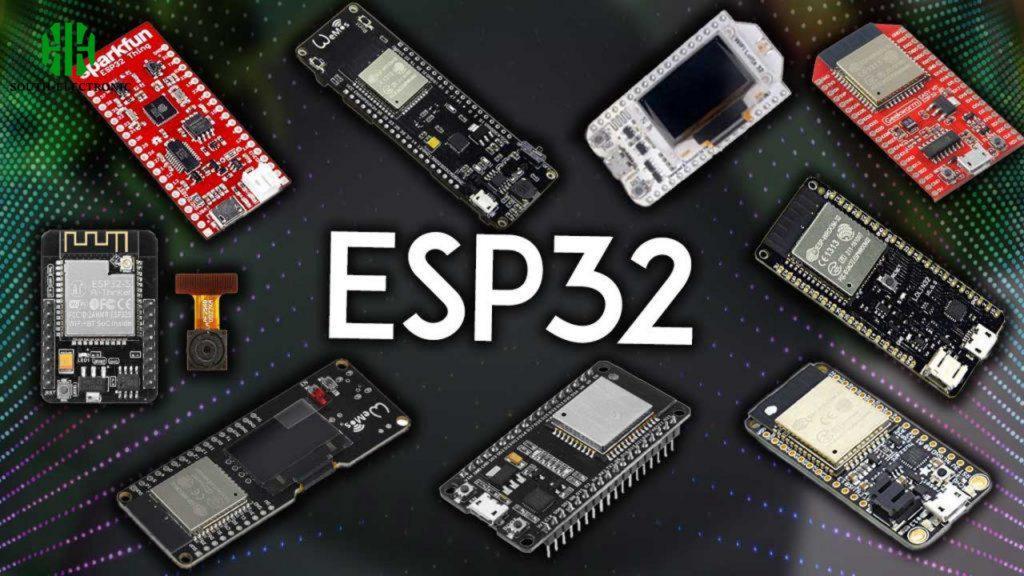What does an ESP32 do?
The ESP32 is a series of low-cost, low-power system on a chip microcontrollers with integrated Wi-Fi and dual-mode Bluetooth. Its versatility, combined with excellent power and RF performance, makes it an ideal choice for diverse applications ranging from consumer electronics to industrial automation.
Key Features of the ESP32
The ESP32 chip is equipped with a wealth of features that make it an attractive option for PCB designers. These include:
- Dual-core Tensilica LX6 microprocessor
- Up to 240 MHz clock frequency
- 520 KB of SRAM
- Integrated 802.11 b/g/n Wi-Fi transceiver
- Bluetooth v4.2 BR/EDR and BLE communication capabilities

Exploring ESP32 Applications
The ESP32 stands out in the realm of PCB design due to its comprehensive features, including:
- Smart Home Devices: The ESP32's Wi-Fi and Bluetooth functionalities are perfect for powering smart home applications such as automation controllers, security systems, and environmental monitors.
- Wearable Electronics: With its low power consumption, the ESP32 is ideal for wearable technology like fitness bands and smartwatches.
- Industrial Automation: In industrial settings, the ESP32 enhances networked machines and process controls with its extensive GPIO pin setup and significant computing power.

How Does ESP32 Compare to Other Microcontrollers?
Compared to other popular microcontrollers like the Arduino Uno or Raspberry Pi, the ESP32 offers superior Wi-Fi and Bluetooth capabilities, higher processing power, and greater I/O flexibility, making it better suited for projects requiring advanced connectivity and computational needs.

Step-by-Step Tutorial for Designing ESP32 PCBs using KiCad
- Schematic Design: Begin by mapping out your circuit in KiCad’s Eeschema, incorporating the ESP32 chip and other necessary components.
- PCB Layout: Transition to Pcbnew, KiCad’s layout editor, to position components and route connections meticulously, focusing on trace routing for optimal power and signal integrity.
- Manufacturing: Once your design is finalized, export the Gerber files and forward them to a PCB manufacturer.
Conclusion
Designing PCBs with the ESP32 opens up a world of possibilities for innovative projects. By understanding the ESP32's capabilities and following best practices in PCB design, you can develop robust and functional devices that leverage this versatile microcontroller's full potential.



